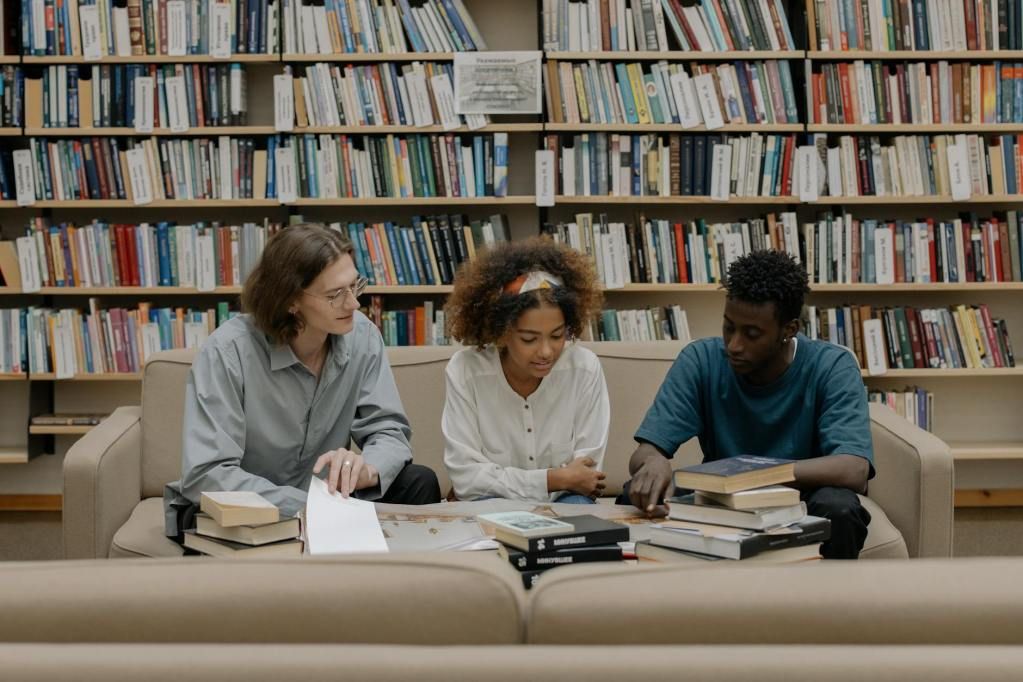Gregory Floyd, president of Teamsters Local 237, on what the future holds

Voting is taking place right now for the election of the next president of Teamsters Local 237. With the counting of votes set to take place Oct. 8, Local 237’s President Gregory Floyd spoke with the AmNews about some of the initiatives he’s worked on over the years to keep the nation’s largest local Teamsters union relevant.
Floyd has served as president of Local 237 since 2007. He says that over the years he has worked with various governing boards to increase union members’ salaries, implement programs like longevity pay, and maintain the member’s vaunted $5 co-pays for medical visits.
“We’ve managed over the last 30 years, including during my 17 years, to keep our prescription co-pays to our members at a minimum. While prescriptions have gone up, we’ve managed to maintain that cost. We’ve also managed to negotiate increased annuities for our members, which remains in a separate account for them, and they get interest on it so that when they leave work, they’re leaving with, I would say, tens of thousands of dollars each.”
Floyd touts his ability to negotiate with the various entities that play a role in the functioning of his union members’ jobs. He says it has given Local 237 the ability to forge contracts that keep members safe and able to work. Local 237 has more than 24,000 members. They work as public hospital police, elevator mechanics, school safety agents, custodians, cooks, NYCHA caretakers, water use inspectors, civil service attorneys, and cement masons/mason helpers. When union members have job issues, dealing with them often means negotiating with several different entities.
Contract negotiations can be challenging. “I wouldn’t say it’s combative,” Floyd said. “But in the public sector, there are factors that are involved. What are the factors? We have to look at what is the pattern and how do we get close to the pattern. How do we structure a contract that is, I would say, conducive to the needs of our members? Those are the factors.
“When you negotiate a CUNY contract for example –– a City University of New York contract –– you’re negotiating with three entities. It’s CUNY; it’s the city of New York, because two-year colleges are funded by New York City; and you’re negotiating with the state because the four-year colleges are funded by the state. All three entities have to agree. That’s why CUNY is the most difficult contract to negotiate and the state pattern tends to be less than the city pattern, yet the city pattern has to be taken into account and so does the state’s. So that’s why it ends up as a blended rate, CUNY got less, a little less than the city employees, because of the state contract.”
Floyd is this year on the ballot against Mohamed Alshami, a City University of New York (CUNY) peace officer. As Local 237’s president, Floyd says he can do more for his membership. “When we go into negotiations [for healthcare prescription co-pays], we offset a lot of the costs by negotiating with the city to get additional money for our benefits. The second thing is we invest the money we get and through investments, we’re able to extend the cost. We also look for subsidized discounts in our prescription plan that allow us to get rebates. So with all that combined, it allows us to keep the cost down for our members, and keeps it at the same price that we have had now for 30 years.”
Floyd’s challenger’s claims that he would come into office and try to change the way Local 237 functions is not realistic, he said.
“If he happened to win, he doesn’t have control of the executive board. So how would he accomplish any of the things that he says he wants to accomplish? The bylaws state, you can make recommendations, but you have to get the approval of the executive board, which he does not have.”
President Floyd says he is expecting more progress with the upcoming contracts he and the board are currently working on for union members. The challenge from Alshami, who he still says he has never physically met, has come out of nowhere.
The post Gregory Floyd, president of Teamsters Local 237, on what the future holds appeared first on New York Amsterdam News.








